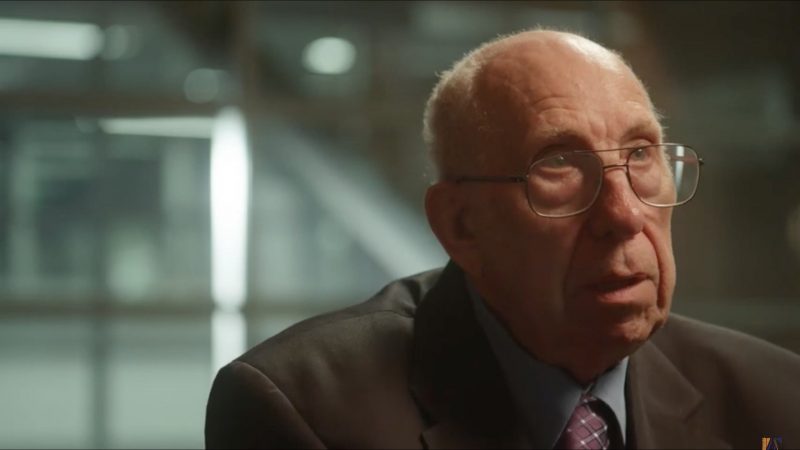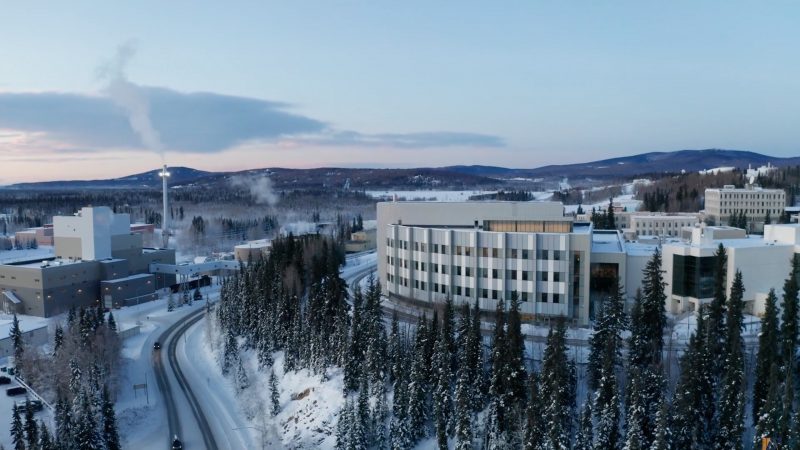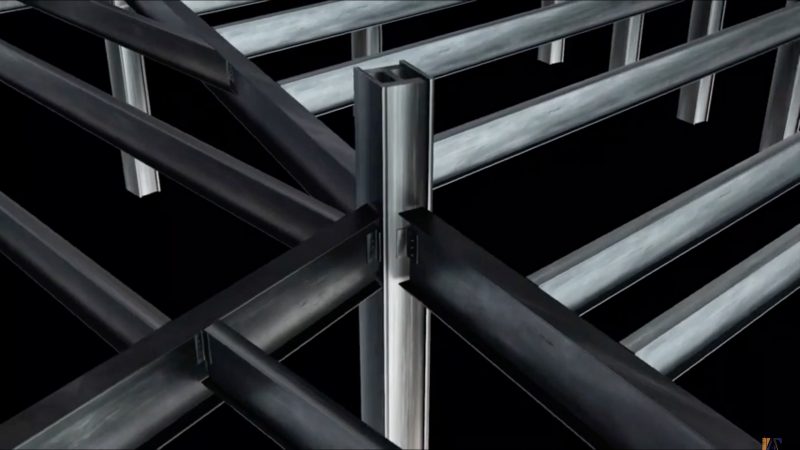Good Science vs Bad Science and Propaganda: A review of Seven
by Dr Piers Robinson - OffGuardian
The persistence of this controversy is hardly surprising. WTC7 was not hit by an airplane, it had suffered from only a few isolated office fires whilst multiple sources on the day were foretelling the collapse of the building, even though in history no steel-framed skyscraper had ever been brought down by fire alone.
And prior to this the 9/11 Commission Report had entirely ignored WTC7. The belated NIST investigation concluded that isolated office fires had caused thermal expansion leading to the failure of a single column and then, extraordinarily, an immediate cascading collapse of all columns in the building.
This then brought the building down symmetrically, in a manner consistent with controlled demolition, in under 12 seconds.
To many this did not appear to be a particularly persuasive analysis, and certainly not for the grouping of engineers and architects (AE 9/11) who had been questioning for some time the initiation and behaviour of the building collapses on 9/11.
Indeed, so dissatisfied were the architects and engineers that they funded an independent scientific study in order to rigorously evaluate NIST’s ‘completely new’ theory of thermal expansion and progressive collapse.
Seven tells the story of this scientific study, focusing upon its lead researcher, Professor Leroy Hulsey from the University of Alaska Fairbanks, who spent four years examining the WTC 7 collapse along with two engineering PhD students Feng Xiao and Zhili Quan.
The film is beautifully produced and directed by Dylan Avery, narrated by the well-known and much-loved actor Ed Asner, and is underpinned by a powerful music score by Johan Back Monell. It was produced by Richard Gage, Ted Walters and Kelly David from AE9/11.
Interviews with Professor Hulsey are skillfully interwoven with expert testimony from Roland Angle (civil engineer), Kamal Obeid (structural engineer), Scott Grainger (fire protection officer) and Tony Szamboti (mechanical engineer).
The integrity and expertise of these experts is juxtaposed with embarrassing silences from news anchors when members of the US public phone in to ask about Building 7 and the sheepish Shyam Sunder, lead investigator for the NIST study. At one point in the film, having introduced the matter of the corroded steel, retrieved by FEMA (Federal Emergency Management Agency) and reported by the New York Times as ‘perhaps the deepest mystery uncovered in the investigation’, Sunder is heard awkwardly attempting to explain away its significance:
The extreme temperatures needed to have corroded or melted the steel were many times higher than those identified by NIST as having occurred due to the isolated office fires. As with so many other aspects of the NIST investigation, evidence that did not fit a preordained conclusion was simply ignored. Scientific method and rigour was thrown to the wind.
Hulsey’s integrity and rigour stands in sharp contrast to NIST’s disgraceful and un-scientific conduct.
Seven carefully describes how Hulsey’s team systematically unpicked the flawed claims advanced by NIST, including demonstrably inaccurate calculations relating to their explanation that thermal expansion worked to move a girder off its seat, and implausible claims that the resulting failure of a single column (out of a total of 50 odd) could ever lead to a global collapse of the entire building at free fall speed.
Using two separate computer programs, Hulsey’s team explored how the building would have behaved according to NIST’s explanation and found that the NIST account was wrong.
When confronted with issues relating to their study, NIST simply responded with evasions and secrecy: they have refused to release their key data whilst specific errors identified in their study received curt responses signed off, not by an engineer, but by a NIST public relations staffer. Hulsey’s study, conversely, and all of its data and calculations, has been fully open to expert and public scrutiny.
After one year of public consultation (2019-2020), almost no substantive issues were identified and his reported was officially published by Alaska Fairbanks University. The Hulsey study conclusions are delivered with devastating effect. The final report states:
This conclusion is based primarily upon the finding that the simultaneous failure of all core columns over 8 stories followed 1.3 seconds later by the simultaneous failure of all exterior columns over 8 stories produces almost exactly the behaviour observed in videos of the collapse, whereas no other sequence of failures produced the observed effect
Hulsey is more concise in the film:
To its credit, Seven remains focused on the scientific question of why WTC 7 collapsed and, only at the very end, are the broader implications hinted at.
If the building was not brought down by office fires, something else caused it to come down. The events in New York and Washington D.C. on September 11 2001 led directly to a global ‘war on terror’ and multiple wars, with countless lives being destroyed and ruined, and the crumbling of basic civil rights and democracy in the west.
The film closes with Hulsey’s understated but powerful words:
Ultimately, Seven calmly and carefully tells a story of good scientists and professionals with integrity battling to establish an important truth through scientific rigour and objectivity. And that truth relates to one of the most important and consequential events of the 21st century whose ramifications are felt ever more powerfully today.
Hulsey’s study is likely to play an important role in some of the legal processes that are currently underway: The Lawyers’ Committee Grand Jury petition and lawsuit against the FBI, the petition to initiate a congressional investigation of the 2001 Anthrax attacks and the Campbell family petition to the UK courts.
But the struggle they have had is testament to how far Western institutions and public spheres have been corrupted in the service of power and become, to all intent and purpose, mediums of propaganda.
At an early stage two students, although keen, elected not to study with Hulsey’s team because of the controversial nature of the research; one prominent University blocked an attempt to discuss Hulsey’s findings; nefarious so-called ‘debunkers’ contacted members of Hulsey’s team and told them not to continue with their work. Hulsey himself speculates that fear of losing lucrative government funding streams has deterred debate among architectural and engineering firms.
The creation of a spiral of silence, fuelled by a compliant and lazy corporate media all too eager to childishly dismiss any questioning as ‘conspiracism’ or ‘conspiracy theory’, has meant that public discussion and debate has been subdued.
The conduct of NIST, more than anything else, highlights how respected scientific organizations have become corrupted.
These issues could not be more relevant today, in 2021, where we see similar processes at work suffocating open scientific debate regarding COVID-19 and obfuscating the very real political and economic agendas now being pushed through. Indeed, the parallels between 9/11 and COVID-19 are striking. And the processes are also seen with the ongoing OPCW scandal regarding alleged chemical weapon attacks in Syria in which rigorous science has been thwarted by political power.
But, as much as Seven serves to highlight how far the West’s Enlightenment tradition has been eclipsed by corruption and propaganda, it also serves as an example that not all hope is lost. ‘Truth is the daughter of time, not of authority’ and is achieved through the determined efforts of people with integrity and courage.
Academia needs more people like Professor Hulsey and so too does the world, never more so than today.






No comments:
Post a Comment